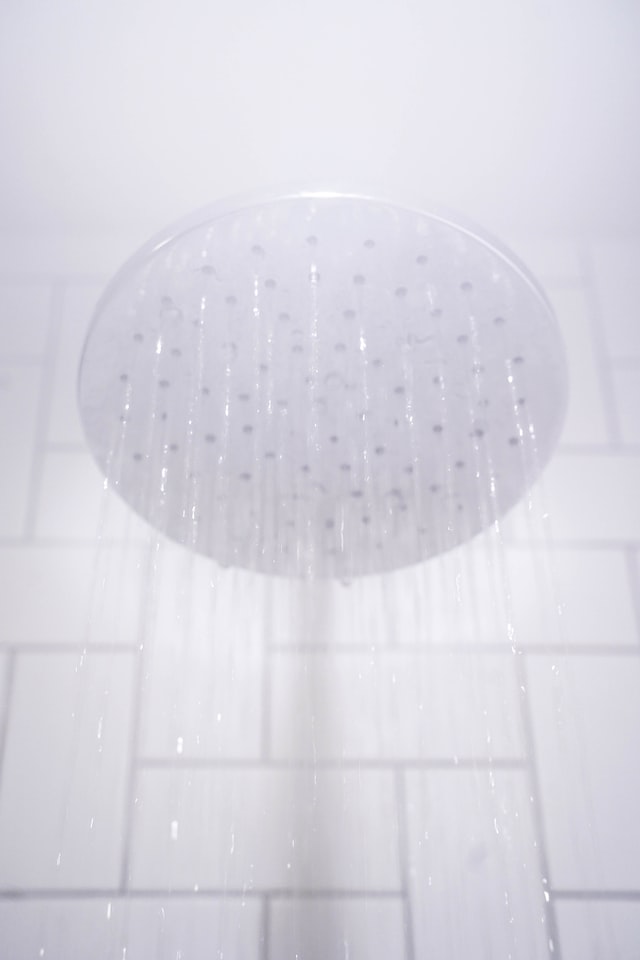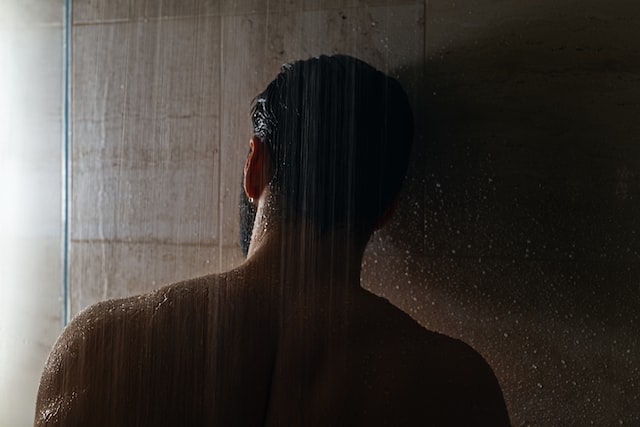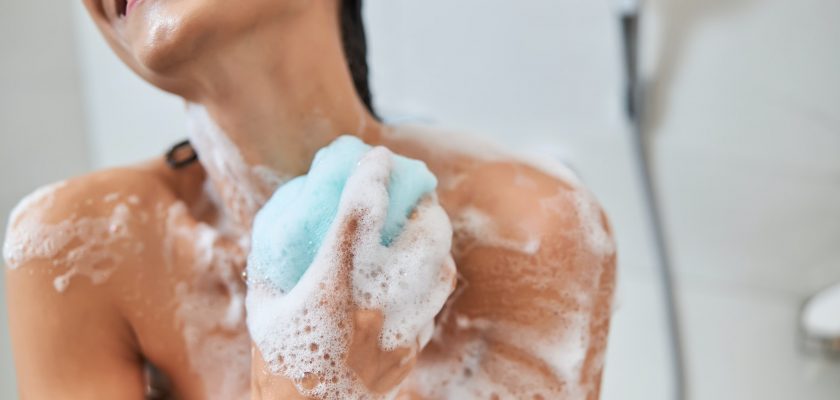If you are having trouble getting adequate water pressure while you shower, there are several different ways to improve it. To start, you may want to consider cleaning the shower head. This can help remove a flow restrictor. Another option is to flush out the water heater.
Clean the showerhead
Cleaning your showerhead can be a great way to increase the water pressure in your shower. Not only will it make the water flow better, but it will also help prevent bacterial growth.
Although it may be tempting to rely on a store-bought cleaning solution, there are several ways to do this at home. These include using vinegar and baking soda, which will clean the showerhead and disinfect the surrounding area.
Another option is to use an exterior showerhead filter to reduce the amount of rust and minerals in the water. This can be done by simply unscrewing the shower head and removing the filter.
You can also clean the showerhead without removing it. However, you should use a soft cloth or rag to protect the finish of your showerhead.

Photo by Carson Masterson on Unsplash
Check if shutoff valve is turned on all the way
If you are experiencing low water pressure in your shower, check to see if the shutoff valve on the main is fully open. This will help you to diagnose and correct your plumbing problem.
You can easily find a water pressure gauge for a few dollars at your local hardware store. Simply attach it to the faucet closest to your water meter and slowly open the nozzle to get an accurate reading.
It may also be helpful to get a professional plumber to diagnose the problem. Low pressure can be caused by several things, including a leak, a faulty water heater, or a clogged pipe. Once you have pinpointed the issue, it can be easy to fix.
Some common causes of low water pressure include a leaking or broken pipe, a faulty water heater, or low water pressure due to a clogged or outdated cartridge. If you suspect the problem is one of these, your first step should be to contact your water company. They will send someone out to check your meter.
Remove flow restrictor from showerhead
If you want to increase the water pressure in your shower, you can remove flow restrictors. These are small pieces of plastic that are placed on the inside of your shower head. This device reduces the amount of water that flows from your shower head, usually to around 2.5 gallons per minute. It’s a good idea to have these devices removed from your shower head to avoid damage.
Removing the restrictor from your showerhead is a simple task. However, you’ll need a few tools to get the job done.
First, you’ll need a pipe wrench or adjustable pliers. You can also use a flat-head screwdriver to dislodge the restrictor from your shower head.
Afterward, you’ll need to loosen the connector nut that’s on the shower arm. Be careful when doing this because over-tightening the nut can lead to damage.

Photo by Victor Furtuna on Unsplash
Flush out the water heater
If you notice a low water pressure in your shower, you may have a blockage in your plumbing system. This can affect your whole house. You may be able to fix the issue by flushing out your water heater. Besides helping you save money, this can also improve the life of your water heater.
There are two main pipes that supply water to your home. These pipes are called the trunk and branch. They come out of your water heater and supply hot and cold water to all of the fixtures in your bathroom.
Water that comes from the faucet or shower head is made from natural minerals. This natural mineral content in the tap water can cause sediment to build up in the water heater tank. The sediment makes the water heater work harder and reduces its efficiency. It also can clog the faucet aerator and the supply valves.
Check if your water meter is turned on all the way
There are several reasons that you may be experiencing low water pressure. These can range from the integrity of your shower head and pipes to a plumbing leak. If you notice any issues, you will want to test your meter to determine the cause of the problem.
When you find that your water pressure is low, it’s best to check the meter to find the culprit. You may need to turn off all of your water using appliances and fixtures until you can figure out the problem. Alternatively, you can call your water provider. They can send workers to check the meter to find the issue.
In addition to the water meter, you should also check your faucets and other plumbing fixtures for leaks. Water can seep into the walls and ceiling if there are leaks in the pipes. Depending on the extent of the leak, it could be a big mess.
